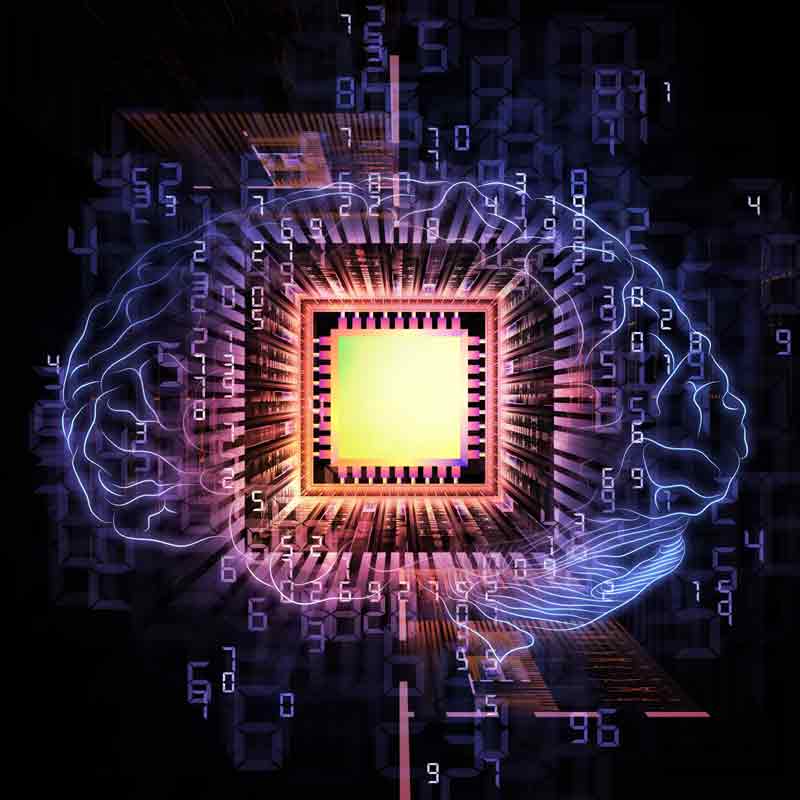Recent Post

Magnets in Restaurant Kitchens

Global supply challenges and HYAB’s role

Electromagnets – a more controllable magnet

Magnetic filtration in the process industry

Sheet metal handling – Easier with magnets
Magnets in Neuromorphic chip technology
Published: 2023-05-29 16:33:32 • Daniel Gårdefelt
Neuromorphic engineering, which is the process of making technology that looks like the neural structure of the human brain, is an area of computing that is making a lot of progress. The main goal here is to make new materials for neuromorphic chips, and magnets play an interesting and important part in this.
Artificial synapses are at the heart of a neuromorphic chip. Their job is to mimic the brain's ability to learn and change. Usually, silicon-based transistors are used to build these fake synapses, which can make them less efficient at using power. But experts are now looking at magnetic materials as a way to solve this problem.
Spintronics is a field that uses the spin of electrons along with their charge to make energy-efficient electronic devices. Magnetism is an important part of spintronics. In the context of neuromorphic chips, magnetic spintronics has led to the development of "magnetic tunnel junctions" (MTJs), which are devices that can change their electrical resistance in reaction to different magnetic fields, acting like artificial synapses.
There are many benefits to MTJs. They do not lose information when the power goes out, so you do not have to keep it on all the time. This saves a lot of energy. Also, their design makes it possible to put a lot of artificial synapses on a single chip, which makes it possible to make neuromorphic systems that are more complicated and powerful.
Even though magnetic materials for neuromorphic chips have these benefits, there are still problems with them, such as safety and scalability. Still, it can not be denied that magnetism has the power to change this field.
When we look to the future, the combination of magnets, nanotechnology, and AI could take neuromorphic chips to heights that have never been reached before. This could lead to systems that not only copy but also outperform the way the human brain works.
In conclusion, the fact that magnets play a part in neuromorphic chips is an exciting development that could lead to a new era of super-efficient computers that work like the brain.


